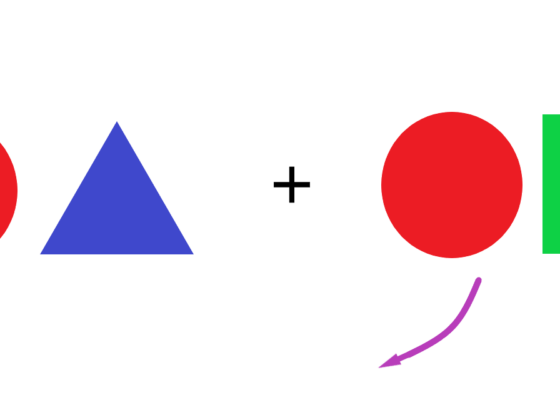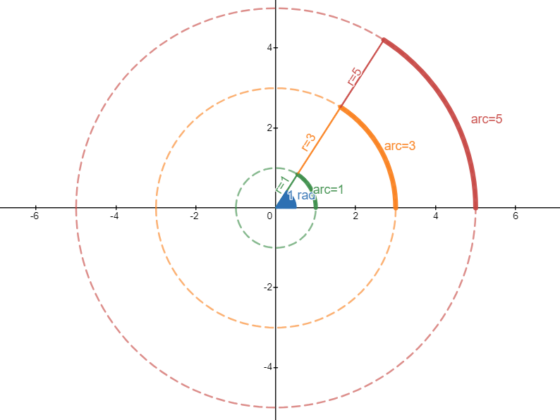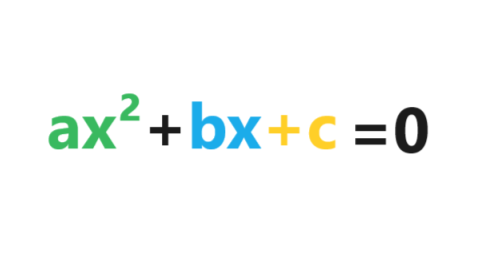Overview:
Quadratic equations are very common in algebra. They have the form y = ax2 + bx + c, where a is not equal to 0. The graph of a quadratic equation has the shape of a parabola.
Solving Quadratic Equations By Graphing
Quadratic functions can be graphed on a coordinate plane. They are symmetrical around a single axis of symmetry. Therefore, when solving quadratic functions, one can find approximate values of the roots. For example, suppose the problem is to find two real numbers whose difference is 6 and whose product is 91. If x equals one of the numbers, then x-6 will equal the other number. In addition, x(x-6) = 91. Expanding the equation, x2 – 6x = 91, or x2-6x -91 =0. The related function, y = x2-6x -91 can be graphed on a coordinate plane.
Solving Quadratic Equations by Factoring
The above quadratic equation, x2-6x-91, can be solved by factoring. It is a matter of finding what factors will add to -6 and will multiply to 91. That equation can be factored to (x-13)(x+ 7),and if (x-13)(x +7) =0, the ordered pair that will solve the equation is x = 13, 7. There are two ways to see if the equation checks. First, the difference between 13 and 7 is 6, and the product of 13 and 7 is 91. Second, multiplying (13)2 is 169-(6∙13 or 78) =91.
Solving Quadratic Equations By Completing the Square
Sometimes quadratic equations can be solved by completing the square. For example, an equation such as z2-36 = 28 will also equal z2= 36 + 28 or z2 = 64. The square root of 64 is 8. In order for the square to be completed, the quadratic equation on one side must be a perfect square. If the problem is x2+ 6x = 16, it is not a perfect square, but can be made into one, by adding another constant, 9, to each side, so that x2+6x + 9 = 16 +9, or (x +3)2=25, so x +3 =√25. If x +3 = 5 or x +3 = -5, then the two roots of x can equal 2 or -8.
Solving Quadratic Equations by Using the Quadratic Formula
Any quadratic equation can be solved by using the quadratic formula, as long as the numbers are real, and a is not equal to 0. The quadratic equation x2-6x-91 can also be solved by using the quadratic formula of x=-b ±√b2-4ac all divided by 2. In this example, b = -6, a =1, and c = -91, so underneath the square root sign is 36 + (-4 (-91)) or √36 +364 or √400, which equals 20. -6 ±20 all over 2 is either 26/2 which is 13 or 14/2, which is 7.
Interested in math tutoring services? Learn more about how we are assisting thousands of students each academic year.
SchoolTutoring Academy is the premier educational services company for K-12 and college students. We offer tutoring programs for students in K-12, AP classes, and college. To learn more about how we help parents and students in Gary, IN visit: Tutoring in Gary, IN




